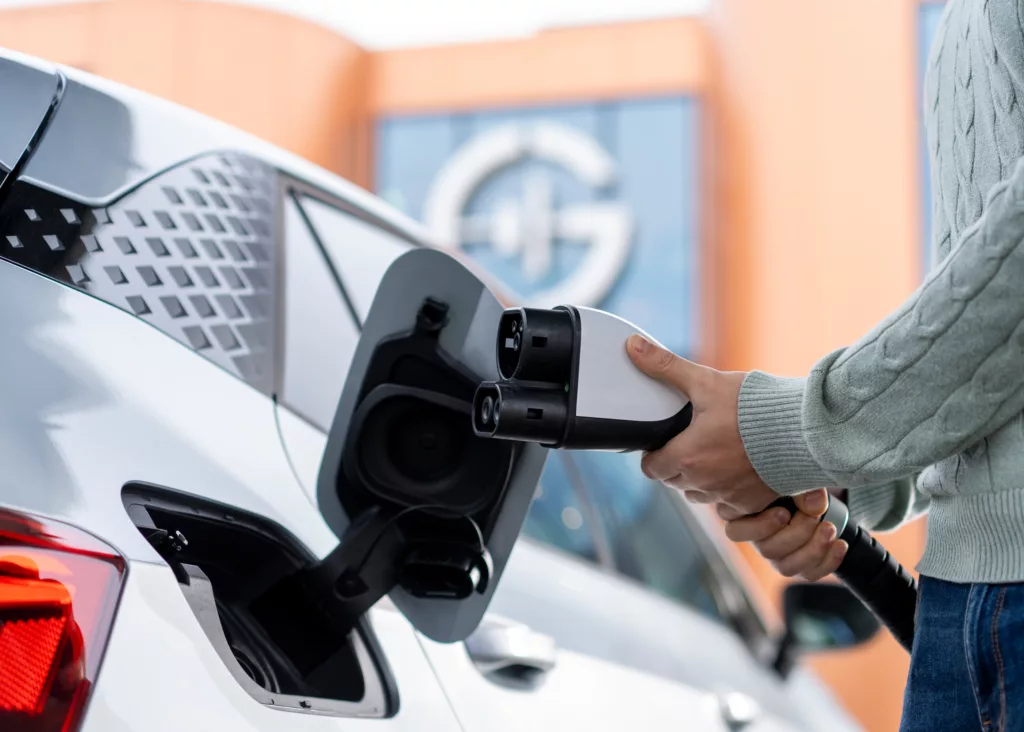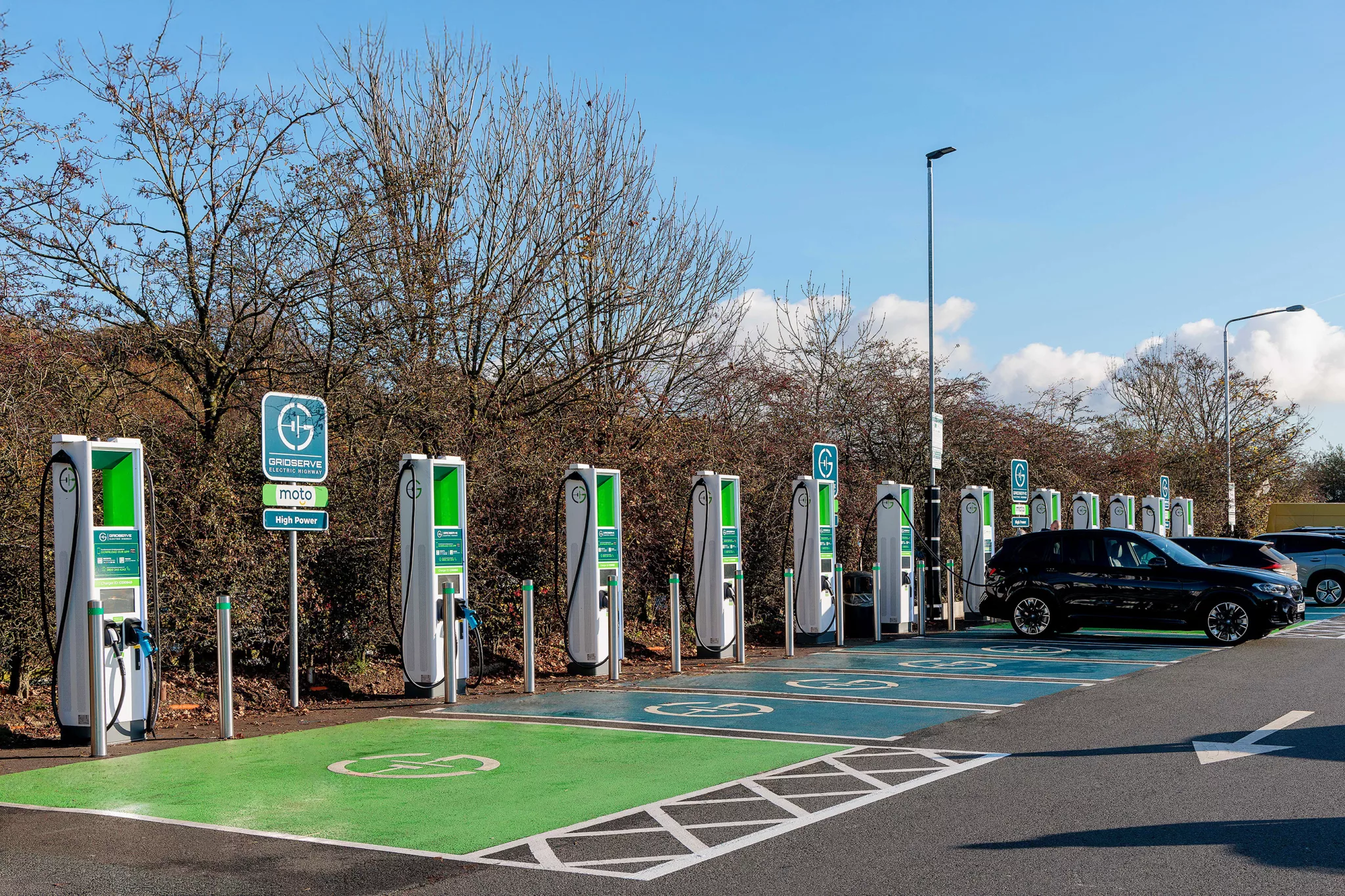


As the UK accelerates toward its goal of becoming a net zero economy by 2050, one of the most crucial pieces of the puzzle is the transition to Zero Emission Vehicles (ZEVs). The shift is not just a trend; it’s a necessary step in reducing emissions, improving air quality and addressing the climate crisis. As we hear time and time again, it cannot happen in isolation and requires robust infrastructure to create a comprehensive, nationwide public charging network.
At the heart of supporting the move to electric vehicles (EVs) lies the ZEV mandate. This is not only essential for reducing the carbon footprint of the transport sector but also for driving the investment that will allow us to build the charging network the country needs.
What is the ZEV mandate?
The ZEV mandate is a regulatory framework designed to accelerate the adoption of electric vehicles. By setting targets for the phasing out of new petrol and diesel cars by 2030 (with a complete ban on the sale of new fossil fuel vehicles by 2035), it creates steady growth, driving demand for electric vehicles.
For charge point operators, the ZEV mandate is a critical catalyst that establishes a basis for large-scale investment in public charging stations, whether on-street, in car parks or along motorways. The ZEV mandate gives the confidence we need to invest in both the technology and the infrastructure that will support the mass adoption of EVs, ahead of when drivers need it. It is at the heart of the business case for investment in charging infrastructure and without it there is a material risk that investment will be delayed or deployed elsewhere.

Unlocking investment in charging infrastructure
One of the key challenges in the roll-out of charging infrastructure has always been the financial risk ahead of demand. Investing in charge points involves significant capital expenditure: from sourcing the right hardware and technology, to building out the necessary grid infrastructure and ensuring that the right chargers are placed in the right locations to meet demand.
Without clear and steady growth targets for EV adoption, the commercial viability of such investments is uncertain. The ZEV mandate mitigates some of the financial risk in a young and growing sector by giving investor confidence through this government commitment, as well as supporting growing utilisation today.
As the sales of electric vehicles increase, so does the need for charging infrastructure. This creates a reinforcing cycle: the more EVs there are on the road, the greater the demand for charging, the more attractive it becomes to invest in new charge point installations and the better the offering for drivers to go electric.
The government’s clear commitment to the ZEV transition ensures that investment in charging infrastructure is not a gamble, but rather a long-term, sustainable opportunity. Right now, there is almost one charger for every EV on the road and charge point numbers have almost doubled in the past two years. This is testament to the commitment across all those involved in our industry. At this speed and scale, by 2030, the UK will have more than 300,000 public chargers but a weakening of the ZEV mandate could put this progress and other targets at risk.
The role of government and industry collaboration
For this vision to become a reality, it’s essential that government and industry continue to work hand-in-hand. The government must maintain its policy framework to ensure the ZEV mandate is implemented effectively, with appropriate support for both consumers and industry. In turn, our industry must continue to innovate to deliver a charging network that is resilient, future-proof and capable of supporting both mass adoption and the next-generation EVs.
We also welcome consideration of additional incentives that support EV adoption and the business case for EV charging installation, such as VAT reduction and inclusion of charging in the Renewable Transport Fuel Obligation (RTFO) scheme.
A greener, more sustainable future
As we look ahead to 2030 and beyond, the shift to zero emission transport is not just about reducing the UK’s carbon footprint—it’s about creating a greener, cleaner and more sustainable future for all.
The ZEV mandate is a cornerstone of this transition, and its role in sparking investment in charging infrastructure cannot be overstated, providing the certainty, stability and market signals needed to drive the investment required for reliable charging nationwide.
At GRIDSERVE, we are excited about the role we will play in delivering this infrastructure and supporting the UK’s transition to zero emissions. With continued investment and collaboration, our industry can secure the future of sustainable transport and play its core role in the UK’s wider net zero targets.




